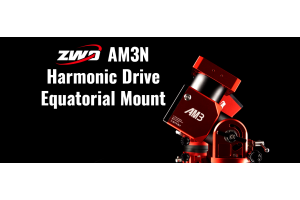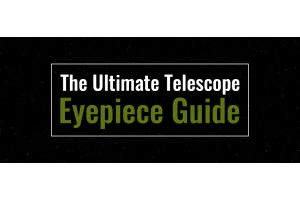observatories
Observatories are the workplaces of deep space researchers, containing large optical scopes frequently sited on peaks or in very rural settings to minimize light pollution. What makes it necessary to locate observatories away from cities or areas of light pollution? It means that as we move away from the city lights, there is better image quality without interference from artificial light. Places with high altitudes, low humidity, and less air density provide the best sighting conditions and less disturbance due to the air.
These telescopes collect and amplify light from heavenly bodies and produce high detail. Through curved mirrors and lenses, telescopes gather light from distant objects and then focus it, whereas professional telescopes mostly use mirrors, as seen in reflecting telescopes. Radio telescopes far from artificial radio sources are also used in radio astronomy.
Some astronomy observatories have giant telescopes that focus mostly on stars, galaxies, and planets. These telescopes offer additional information on the universe and become a part of other research on astronomical objects, events, or processes. Their recommendations always alter the most basic understanding people have about the universe and the position of humans in it.
The major equipment in optical observatories includes:
Big telescopes (Dome)—Such construction features big mirrors with a large diameter, more than 10 meters, and computers with cameras and spectrometers. The Haleakala Observatories in Hawaii are an instance. Refracting telescopes use lenses, and Reflecting telescopes use mirrors.
Large antenna dishes are mounted at radio observatories. The analysis tools may be of sample size of 50 to 500 meters in diameter. The telescopes are also run with computers and software as well. It controls the telescope and the software used for data processing from the observatory. Of many big radio observatories, namely, Owens Valley, Radio Observatory is owned by the California Institute of Technology.
By following these steps, avoiding any interference with the events becomes inescapable for the visitors.
The following are guidelines for utilizing astronomical observatories:
Respect Observatory Etiquette: Wear warm clothes and talk softly, especially near working telescopes. Handle equipment with care, and avoid touching mirrors or lenses.
Engage with the Experience: Interact with the tour guides after they pass on information regarding the site. Choose the observation activity beforehand and be on time for the agreed-upon session because other people should not be kept waiting.
Minimize Light Pollution: To prevent light leakage, avoid making noise and opening dome flaps or entry doors too broadly. Use red flashlights if a mobile light is needed, and refrain from adjusting instrument settings unless permitted.
Alterations: Avoid handling the telescope or physically changing its position while in use. Switching over to another subject is completely and absolutely irrelevant to the matter at hand. The main message is to be mannerly, follow all rules and guidelines, and ask someone on staff if you are unsure how to avoid being too rough with an observatory's sensitive equipment or surface.

The state of California was a leading power in developing scientific astronomical systems of observation and space technologies, contributing significantly to astronomical research and public education. Among them are:
- Palomar Observatory boasts the famous Hale Telescope, one of the World's Largest
- Lick Observatory conducts groundbreaking research offers public programs
- a href="https://griffithobservatory.org/">Griffith Observatory known for a historic coelostat and the Zeiss 12" refracting telescope
From telescopes to its universities and aerospace institutions, California has played and will play a role in the development of current astronomy.

Unlike many other states in the United States of America, Alaska's geographical formation favors astronomy observatories, mainly in terms of a natural view of the night sky. Stargate Observatory, Another attraction within the park, is one of the giant Newtonian Reflector telescopes in this region of Akaska. In detail, it is optically described as a 10” Schmidt-Cassegrain telescope. Alaska provides just the right natural conditions for stargazing:
- It gives astronomists conditions that cannot be violated, at least not by light pollution
- It is the winter northern sky phenomenon – the auroras, and the distant places from the light pollution.
Due to the fewer lighted places and large terrains, Alaska has perfect conditions for stargazing and astronomical explorations.

Through research and teaching, the listed organizations also help maintain the strong astronomical society in Washington, D. C.
United States Naval Observatory (USNO):
- Located in Northwest Washington, D.C., it's one of the oldest scientific agencies in the U.S., established in 1830.
- The observatory is responsible for the Master Clock, the standard for timekeeping in the United States.
- It has historically contributed to developing navigational tools and discovering celestial objects.
Heyden Observatory:
- Also known as the Georgetown University Astronomical Observatory.
- Established in 1844, it is one of the oldest observatories in the United States.
- It has weekly star gazing meetings and public sessions where people can view the stars.
- The observatory is a valuable tool in increasing the public’s appreciation and understanding of astronomy.






